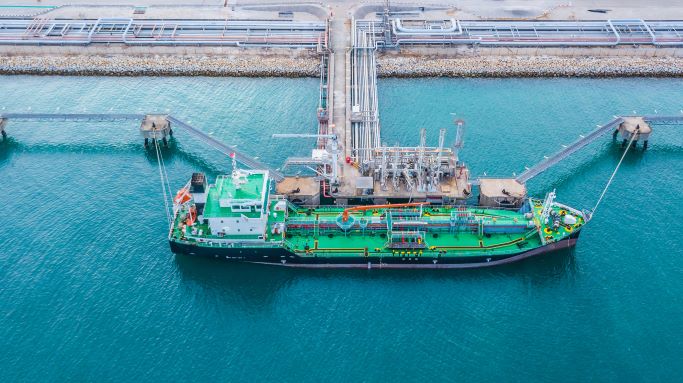Iran is planning to ship its first cargo of crude oil from its port in the Gulf of Oman next week. This will be Iran’s first crude oil export from outside the Persian Gulf and beyond the Strait of Hormuz. Iran is expecting operations to begin from the coming Monday, according to the director of the Jask Oil Terminal, Mr. Vahid Maleki. In its first phase, it is anticipated that the port will be able to export roughly 350,000 barrels of oil per day.
The 1,000-kilometer-long Goreh-Jask pipeline which stretches across the Persian Gulf coast delivers crude oil to the Gulf of Oman port. The Strait of Hormuz, which is a narrow shipping channel in the Persian Gulf, is the channel from where most of Iran’s oil exports pass through. The Strait of Hormuz provides the sole link and sea passage from the Persian Gulf to the open ocean and is, therefore, one of the world’s most strategically located key choke points. This strait has Iran on the north coast and the United Arab Emirates and Musandam, an exclave of Oman, on the south coast.
This channel was thrust into chaos after former U.S. President Donald Trump shelved the 2015 nuclear deal and reinforced severe sanctions on the country’s oil sector. The Iran nuclear agreement, which was formally known as the Joint Comprehensive Plan of Action (JCPOA), is a critical accord reached between Iran and several other world powers, including the USA, in July 2015. However, when President Donald Trump withdrew the United States from it in 2018, the deal has been in jeopardy.
Iran’s Oil Minister said that if U.S. sanctions are lifted, then this month his country has taken several measures to ensure that it can raise crude oil production in a short duration of time. World powers have been striving for several months trying to amend relations between Iran and the U.S. In 2021, even though President Joe Biden said the United States will return to the deal, Iran is not willing to come back into compliance until Washington lifts sanctions first.
